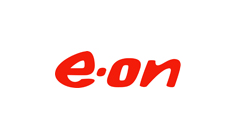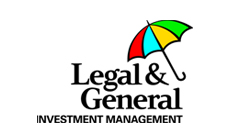.jpg)
With supply chains stretched to breaking point and workforces displaced, business leaders are under intense pressure. If they are to steer their organisations successfully through the storm, they must keep their people safe, quickly get to grips with the new needs of customers and even consider cutting their own pay.
Over the past three months, the coronavirus outbreak has rendered business strategies across the globe obsolete. We speak to market experts and Criticaleye Board Mentors to understand the steps they are taking to navigate the uncertain route ahead.
Over the past three months, the coronavirus outbreak has rendered business strategies across the globe obsolete. We speak to market experts and Criticaleye Board Mentors to understand the steps they are taking to navigate the uncertain route ahead.
Bala Swaminathan is Chair of S Cube Capital and a Board Mentor at Criticaleye. Based in Singapore, he says CEOs should demonstrate empathy with their people and customers by taking pay cuts
The most important issues facing the majority of businesses are ensuring there is liquidity; making certain supply chains are functioning; and managing increasing costs while suffering sharp shortfalls in revenues. So, for many the priorities at this stage in the crisis are to stay safe and stay solvent. Postponing any discretionary expenses like office renovations or CapEx purchases will help.
However, laying off people is not a good idea. Instead, think about introducing pay cuts across the board for a few months. In Singapore, the government is reimbursing up to 70 percent of payroll costs if businesses retain people.
For business leaders, it is crucial they are seen to lead from the front. Chief executives should be taking large salary cuts and zero bonuses until normalcy returns. It’s about demonstrating empathy with your customers and employees.
At the same time, leaders need to ensure that their own health does not suffer – the stress impact of this crisis can potentially be quite high – so striking the right balance is even more important now.
Be optimistic but not complacent. Communication is crucial, so regular town halls and communicating on a weekly basis with employees will help, ideally remotely.
Marcus Stuttard, Head of AIM and UK Primary Markets at the London Stock Exchange, says companies that communicate early and are honest may be more able to access future funding
News travels quickly in the information age and we have seen volatility in global share prices as people react. There have also been some significant policy interventions, both in the UK and internationally. So, while we have seen falls across the markets, people also see buying opportunities.
During the [2008] financial crisis we saw that companies were able to tap the market very efficiently – investors were willing to take a long-term view and to continue to deploy capital. On AIM in 2009, IPO volumes were down, but we saw £5.6 billion raised by companies. £5 billion of that was by AIM companies raising further capital from their existing investors who continued to support them. We saw similar volumes in 2010. Companies that are better at communication and building trust with investors are the ones that are more able to go back to them and raise further capital if they need to.
Companies should continue communicating as normally as they can. Beyond the rules and regulations of the markets, it’s all about building trust between companies and their investors. Everyone appreciates there are high levels of uncertainty and that some businesses are going to find it difficult to predict what the coming months have in store. So being clear, honest and timely is important.
Whether it is coronavirus or another macroeconomic event, what the whole of society – and businesses in particular – look for is certainty. At the London Stock Exchange, we will continue to provide as much clarity about standards of disclosure and resiliency as we can. It is also important that markets remain open to support companies who will continue to need access to capital, that markets are as orderly as possible and that there’s a good flow of information about individual companies.
We are confident that we have a broad base of global institutions that have capital they are willing to deploy which will support businesses. Our expectation is that they will continue to do that through this crisis.
Sandy Stash is a NED of businesses including Diversified Gas & Oil and EDF Energy Thermal Generation, as well as a Board Mentor at Criticaleye. Chiefly based in the US, she explains that social distancing is critical but a challenge in industries like mining
Initially we are all reacting by keeping people safe and following the rules – social distancing matters. With my current companies, we have critical infrastructure, such as oil production facilities where people live together and there it’s a real challenge to keep people separated and the business operating.
Working offshore, you need to try to only have one person living in each quarters, whereas normally you may have one person living in a cabin in the day and another at night. Companies are having to adjust to keep the workforce safe.
Fundamentally, you need to acknowledge the special challenges of remote locations where you have a lot of people working and living in the same place. In industries such as mining, where the working-from-home option is not possible, you need to manage that sensibly. For critical infrastructure, like a power plant, if you need to replace an entire crew, you need to understand how you could do that.
Even for businesses that are currently going well, there still needs to be a plan. You can’t assume that you’ll be unaffected by the disease. There needs to be a serious contingency plan for an orderly shutdown just in case. In the oil and gas industry, one person coming in from another country on a regular rotation could introduce the disease.
There also needs to be a plan for starting up again. We don’t know when that will be but at some point we will turn a corner. It’s a lot for businesses to do, as you are planning for now and planning for if things get worse, while trying to keep critical chains open, and you’re trying to plan for an orderly restart within an uncertain timeframe.
The worst thing businesses could do is think they are exempt. Every organisation in the world needs a short, medium and longer-term plan.
Mike Tye, Chair of Moto Hospitality Group, NED of The Restaurant Group and a Board Mentor at Criticaleye, says that non-executives need to step up and keep stressed execs calm
The biggest challenge for businesses now is to balance the needs of their different stakeholders – investors, team members, customers and the communities in which they operate. The vast majority of CEOs won’t have faced anything like this; it’s a whole new experience and Boards need to tell their executives to keep cool and take time to think and work the balance out.
It’s a potentially classic situation of act in haste and repent at leisure. There’s massive pressure between acting now and doing what’s right for the longer term. That balance is so hard to find when you’re operating in a context of fear.
All this puts stress on the company and that’s where the Board needs to step in. The majority of Board time should be spent on what’s going to happen next, looking at what’s within our control that we can do better and then what’s beyond our control that we need to be cognisant of.
This sort of event will not have been on many, if any, risk registers. It’s a big lesson, so give the execs space and encourage them to do what’s right rather than worry about what the Board’s thinking.
At times of crisis, good people can become great, but they need fantastic leadership. For business leaders, the most important thing is the calibre of those they employ and the degree of leadership they impart to those people. Following on from that comes culture.
Great culture will rise to the surface in a crisis, so the companies that are customer-centric and team-focused and who can collaborate with a common purpose will win out.
Matthew Blagg, CEO of Criticaleye, cautions that excessive cutting in the short term may harm long-term survival
There are two phases to the current situation, Phase One is about crisis management. Leadership teams need to make sure their core service is in place; their infrastructure and technology are set up to support them; and that their cash position is managed to allow them to survive.
In this phase, it’s important to make sure everyone remains aligned to the business purpose and that leaders are still thinking about the short, medium and long term. What you shouldn’t do is needlessly cut – if you do, you’ll survive this first phase but not what comes next.
Phase Two is where Asia is now. In some ways this is the hardest part, as how businesses emerge and adapt to the new normal is crucial. It will be about growth and that requires investment.
During a crisis, you need to communicate directly with all your stakeholders in a calm and consistent way. Don’t over communicate, but let people know what they’ll get from you and when. You also need to be fair and balanced, which includes delivering on your commitments. The trust you build will be invaluable as you emerge.
CEOs need to make sure that everyone in their executive team is able to cope. If you see someone is struggling then you need to make sure the right support structures are in place, but if they continue to have problems then you need to replace them as soon as possible.
It is important to have access to other business leaders who can share their own lessons and help, as isolated executives may make decisions with very poor outcomes.
Leadership teams should always ask themselves: “What is the upside?” When we emerge, it will be an opportunity to draw on the positives from the experience, including a strengthened business culture, and you must make sure new behaviours stick.
Emma Carroll, Senior Editor, Criticaleye and David Hobbs, Senior Editor, Criticaleye
Part two of this article will be published later this week.
Next week's Community Update will look at benchmarking business responses to COVID-19.
Emma Carroll, Senior Editor, Criticaleye and David Hobbs, Senior Editor, Criticaleye
Part two of this article will be published later this week.
Next week's Community Update will look at benchmarking business responses to COVID-19.
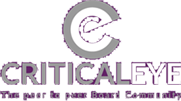

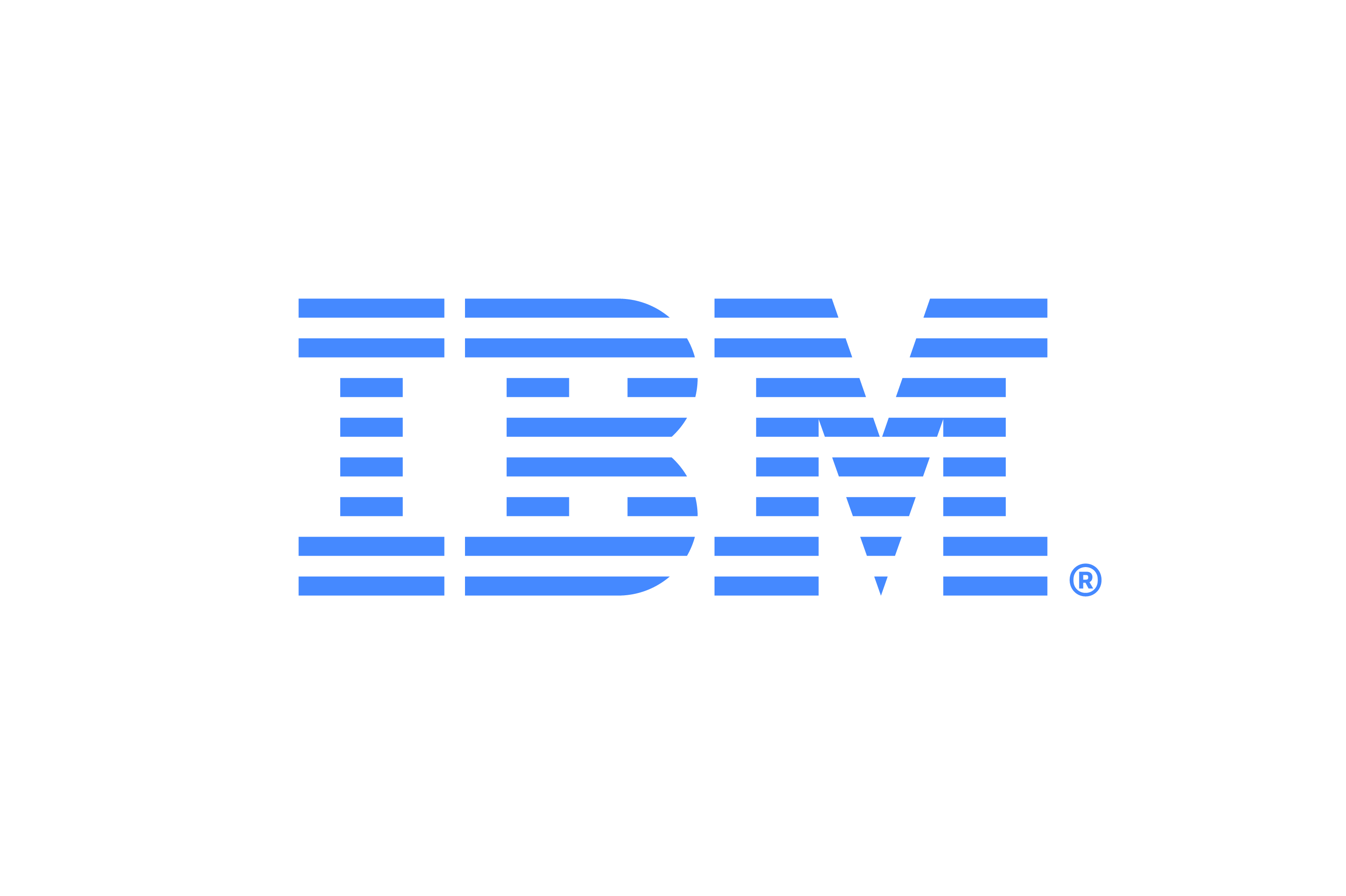



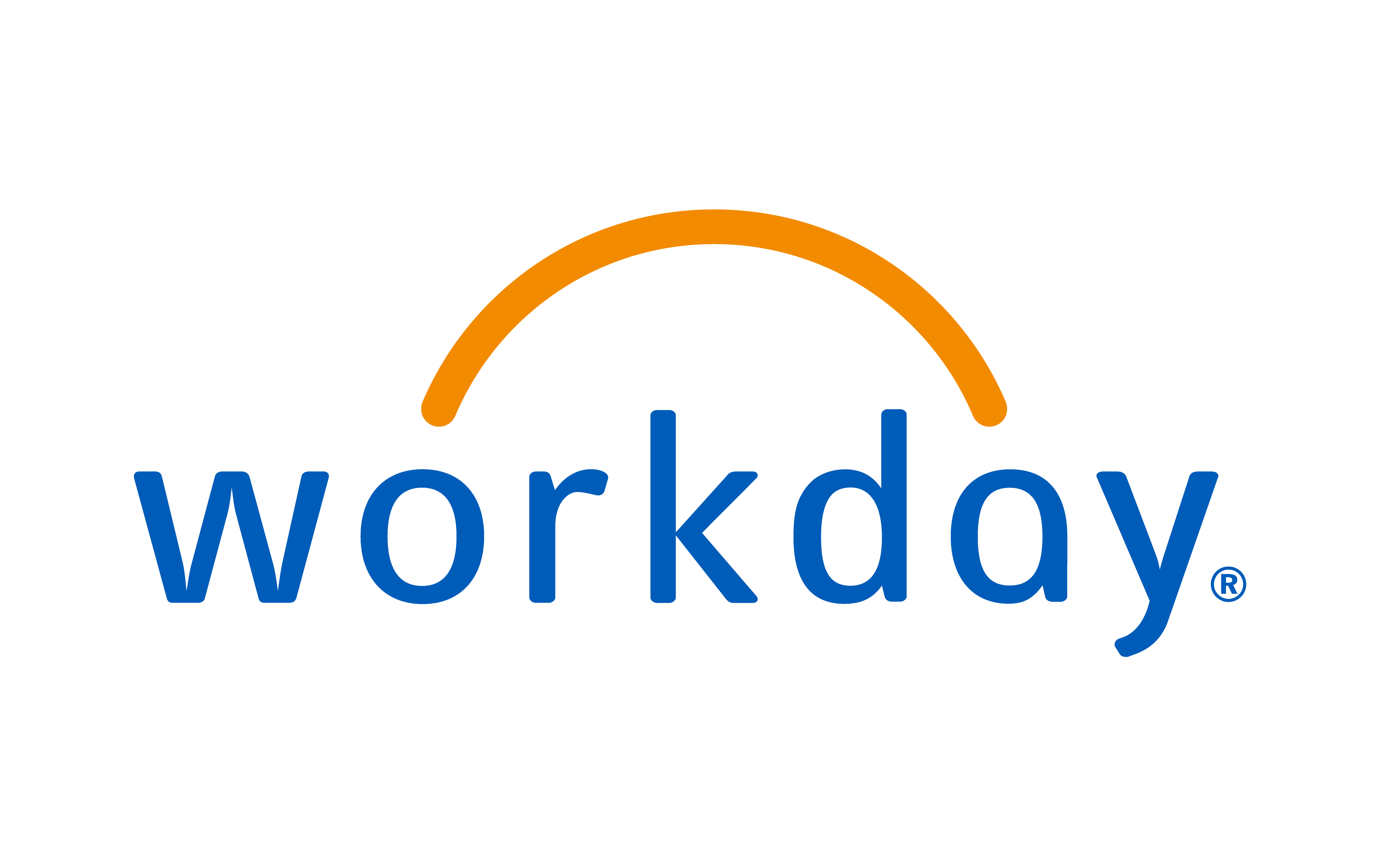



 (002).png)


